The MAR Fish project, since its launch in 2019, has successfully advanced the conservation of the Cayman Crown reef and fish spawning aggregations in the MAR region. It has been instrumental in the protection, research, and sustainable management of the Cayman Crown reef through a combination of scientific monitoring and legal protection that has laid a strong foundation for the long-term conservation of this ecologically significant and unique marine environment. The project has also made significant contributions to monitoring FSA sites, strengthening the network of protected FSA sentinel sites in the region, and supporting community participation in fisheries co-management.
The MAR Fish project pursues its overall objective through two specific objectives: 1. The legal recognition and adequate management of the Cayman Crown area in Guatemala and Belize, and 2. Promoting participatory monitoring of a network of sentinel spawning aggregation sites in the four Mesoamerican Reef countries.
Photography by: TIDE
The Cayman Crown site was subject to scientific explorations to validate the existence of FSAs, characterize them, and study the coral reefs of the area, which first explorations revealed its good health. These elements served to advocate for the protection of the new replenishment zone declared in Belize as part of the Sapodilla Cayes Marine Reserve and the 10-year no-take zone in Guatemala. High-level political discussions have been held with key decision-makers to protect and manage Cayman Crown sites in Belize and Guatemala. NGOs of the two countries are already working together for coherent management. A financial mechanism – an endowment fund in the form of a specific account hosted within MAR Fund – has been established to ensure the long-term management and protection of the Cayman Crown site.
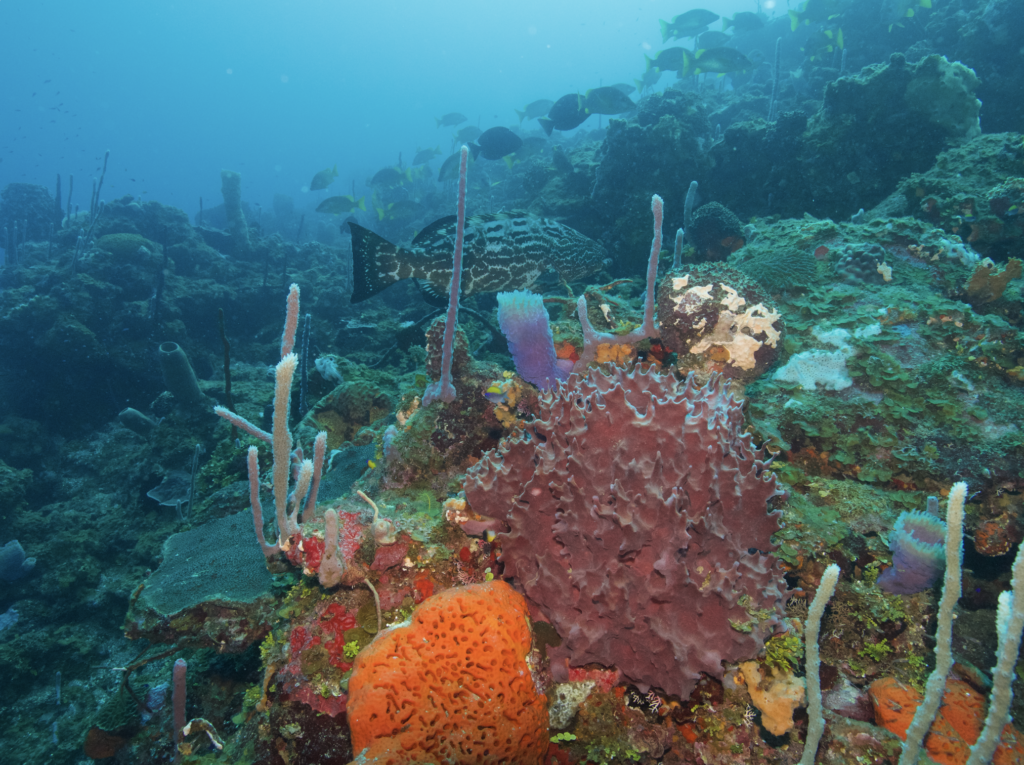
Photography by: TIDE
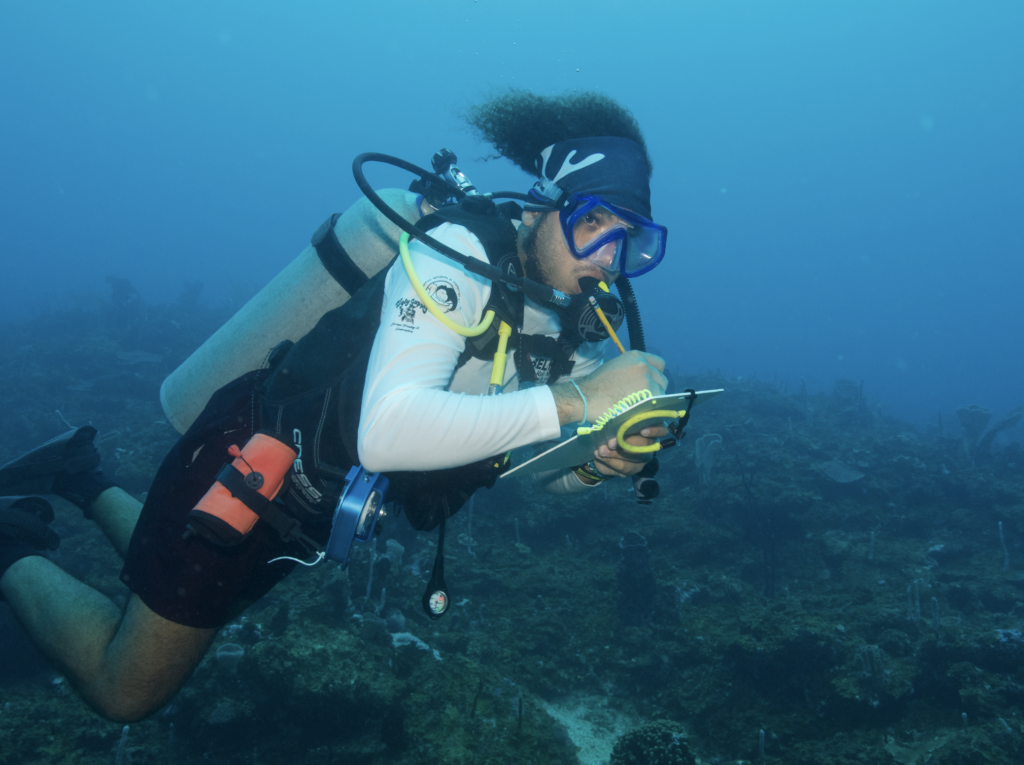
Photography by: TIDE
Several spawning sites are already protected and monitored in the region, mainly sites for the Nassau grouper, a critically endangered species found in the IUCN Red List.
The project aimed to set up a network of 7 sentinel multi-species spawning sites to ensure homogeneous monitoring that allows a coherent regional vision of their evolution. Currently, there are 10 sentinel spawning aggregation sites in the network, monitored by partners along the MAR. These include three in Cayman Crown, one in Belize, three in Mexico, and three in Honduras.
A single unified monitoring protocol, data collection, and data analysis have been agreed upon in a regional workshop with training sessions that allowed various stakeholders to learn and commit to following the monitoring process: fisheries administrators, NGO members, fishers, and other members of coastal communities. This monitoring process allowed the creation of a database and the production of a MAR regional inventory on a regional FSA platform.
A detailed communication plan has allowed close relationships between scientists, fishers, environmentalists, policymakers, and citizens, in favor of a regional movement to strengthen the understanding of the role of fish spawning aggregations in the management of fisheries, the importance of protecting them, and fostering collaborative management.
With the support of the regional partners already involved in the field, community development activities have been implemented for the communities most affected by the establishment of a no-take zone around the Gulf of Honduras (Belize, Guatemala, and Honduras), focused on alternate income activities.
Photography by: TIDE
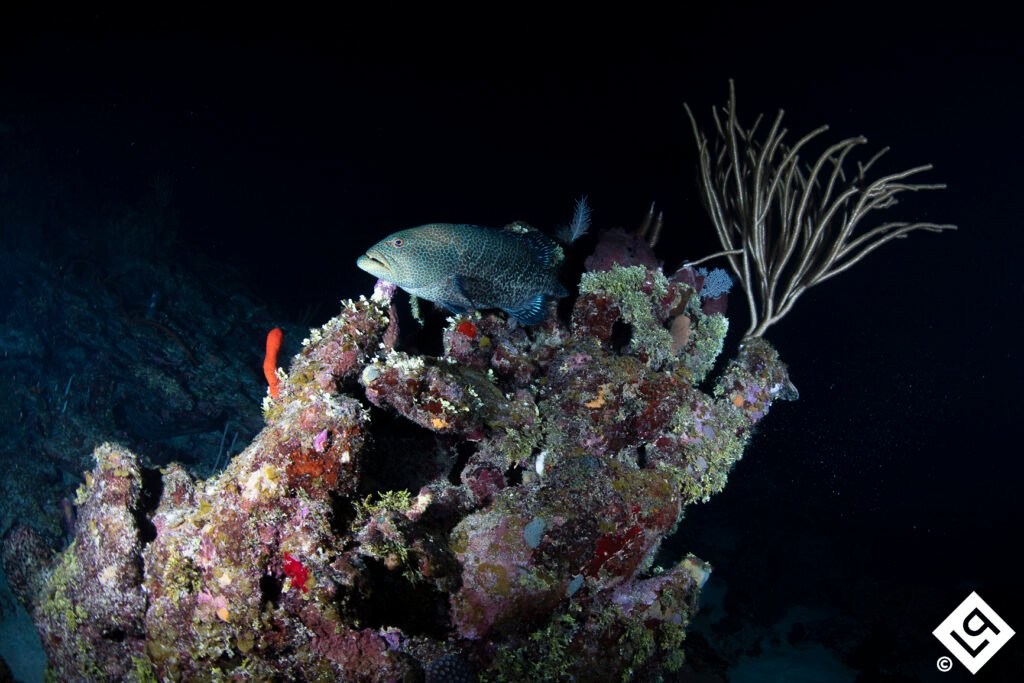
Photography by: Patric Lengacher
validation of a common monitoring strategy through a regional workshop: prioritization and validation of sites, protocol, and data sharing agreements.
provides a comprehensive analysis and justification for the protection of the Corona Caimán reef in Guatemala.
by the Ministry of Agriculture of Guatemala designating a temporary no-take zone of the Cayman Crown reef.
to include Cayman Crown was submitted to the Guatemalan Congress under Initiative 5819.
analyses the importance of the results generated within the hydrographic survey for future biological research processes, according to the characteristics of the site, such as depth strata, geomorphology, essential habitats for marine mammals, invertebrates and fish species, related to fisheries and the environment.
declared the expansion of Fish Replenishment Zones (no-take zones) in the Sapodilla Cayes Marine Reserve, which includes Cayman Crown.
highlighting important legal and scientific justifications for their protection and the need for a regional vision to protect these transboundary resources.
by the Healthy Reef for Healthy People (HRHP).
report by HRHP on the results on the Atlantic and Gulf Rapid Reef Assessment (AGRRA) methodology for reef health, the use of photomosaics, and analysis of physical parameters.
is an overview of the current state of the FSA in the MAR to guide monitoring and conservation actions.
produced by a consultancy with MARISLA to understand the use of the Cayman Crown Reef to propose management and protection measures that are adequate for the region.
were conducted especially during spawning season by TIDE supported by the Belize Fisheries Department.
was conducted by TIDE at four multi-species aggregation sites, the Jewel Wall and the West Bezel Fisher Marker in Cayman Crown, and at Nicholas Caye and Rise and Fall Bank in the Sapodilla Cayes Marine Reserve in Belize.
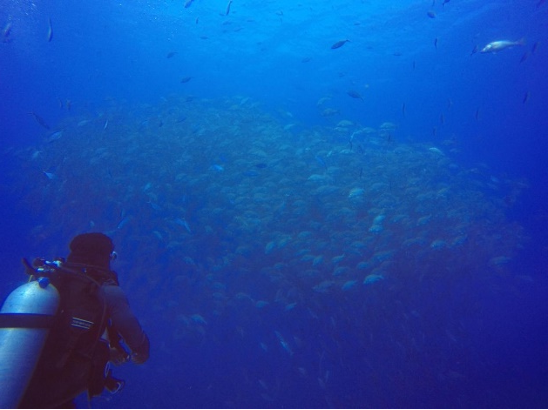
was completed by COBI in Mexico, at Niche Habin and El Faro sites; by SEA in Belize at Gladden Spit & Silk Cayes Marine Reserve; and by CORAL in Honduras at Power’s Point and Texas sites.
brought together fishers from the three countries that share the tri-national area to increase participation in management, assess on-site use perceptions, gather their recommendations, and lay groundwork to establishing a trinational, multisectoral committee for future participatory management and decision making.
a baseline study resulting from a socio-economic survey conducted in 2021.
from Cayman Crown and nearby FSA sites
was developed for the Sapodilla Cayes Marine Reserve, including Cayman Crown, in Belize.
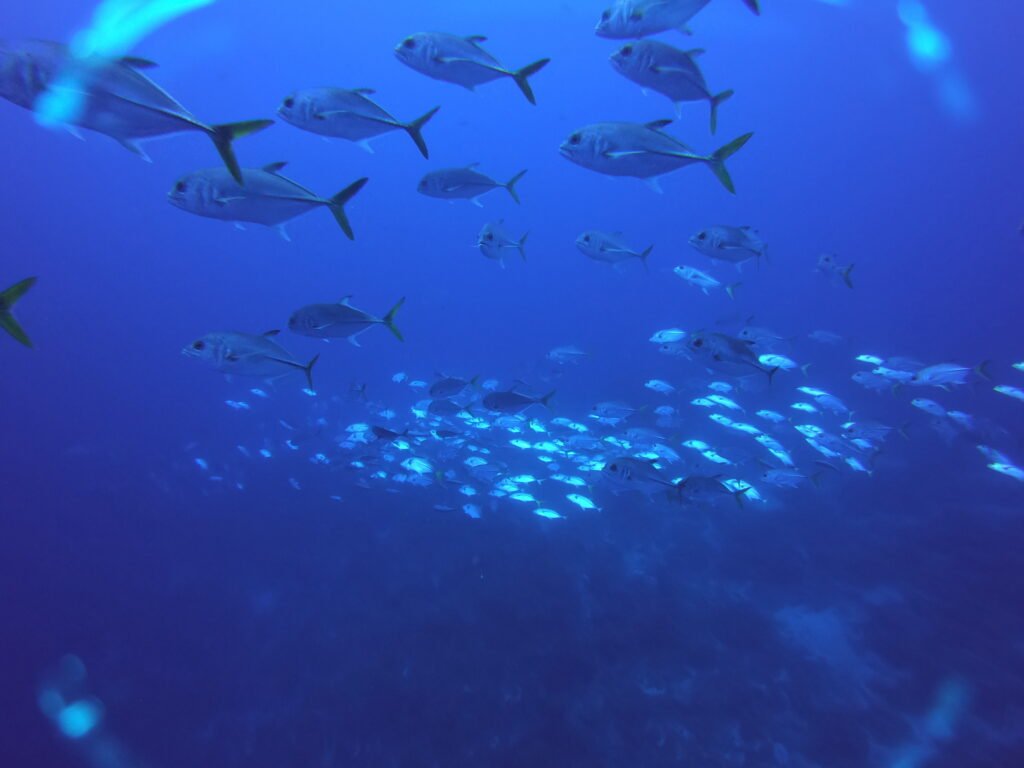
took place from 2021 to 2022 with TIDE and FUNDAECO.
was completed by partners COBI in Mexico at Niche Habin, San Juan, and Blanquizal; and by CORAL in Honduras at Power’s Point, Sandy Bay, Texas, and Cordelia Banks.
were implemented in the Caribbean communities of Guatemala.
for the sustainability of the protected areas in Belize and Guatemala was developed and tailored to the specific conditions, characteristics, and policies of each country.
evaluated the dependency of Honduran fishers on the Cayman Crown reef to gain insights into the socioeconomic context of fishers in Honduran communities linked to Cayman Crown.
signed to strengthen the management and conservation of the SCMR, particularly of Zone IV which includes Cayman Crown and FSA sites within the SCMR, Nicholas Caye and Rise and Fall Bank
with precautionary measures to prevent incidents, that integrates a security and communication protocol, an emergency plan, and a contingency plan for diving incidents.
to share experiences of compliance with environmental judicial management was held in Guatemala.
reported results using the AGRRA protocol to determine the Reef health Index, the use of photomosaics, biophysical indicators, the analysis of the local effects of climate change (both temperature and pH), coral disease, bleaching and its impacts on the Cayman Crown reef.
includes a consolidation of information gathered at Cayman Crown from all three phases.
was launched in 2023 and developed into a mobile and computer app with animated ocean conservation content of the MAR. The game is an educational platform that can be used worldwide in English and Spanish. It is played in the Mesoamerican Region, the U.S., Canada, and other countries.
by the Healthy Reef Initiative.
to strengthen the management and conservation of the Sapodilla Cayes Marine Reserve, including Cayman Crown.
to implement activities to ensure the sustainability of fisheries of common interest (sea cucumber, shark, shrimp, rays) and the conservation and protection of diverse ecosystems of connectivity, specifically the reefs on the Guatemalan Atlantic.
to coordinate actions for the adequate development of a diagnosis of the coastal marine area of the Punta Manabique Wildlife Refuge.
a baseline data to determine the sea cucumber’s closed season calendar dates resulting from sea cucumber monitoring developed by FUDNAECO.
evaluates the location of potential spawning aggregations and characterizes the fish communities observed at these sites, with particular emphasis on commercial species such as snappers, groupers, jacks, and grunts.
by partners COBI in Mexico at Niche Habin, San Juan, and Blanquizal sites; SEA in Belize at Gladden Spit & Silk Cayes Marine Reserve, and CORAL in Honduras at Sandy Bay, Man O’ War, and Cordelia Banks sites.
were implemented by FUNDAECO in the Caribbean communities of Guatemala.
in Cayman Crown, Cabo Tres Puntas,and adjacent areas by FUNDAECO, resulting in 13 sightings, including dolphins, rays, and nurse sharks.
for the Sapodilla Cayes Marine Reserve was signed by the Belize Fisheries Department and TIDE.
at the Sapodilla Cayes Marine Reserve, including Cayman Crown, was established by the Belize Coast Guard and TIDE.
was completed In Guatemala, to allow the development of a management plan for the area.
with Mar Fish partners in Mexico where sixteen partners shared updates of the FSA sites monitored and provided next step action for the project.
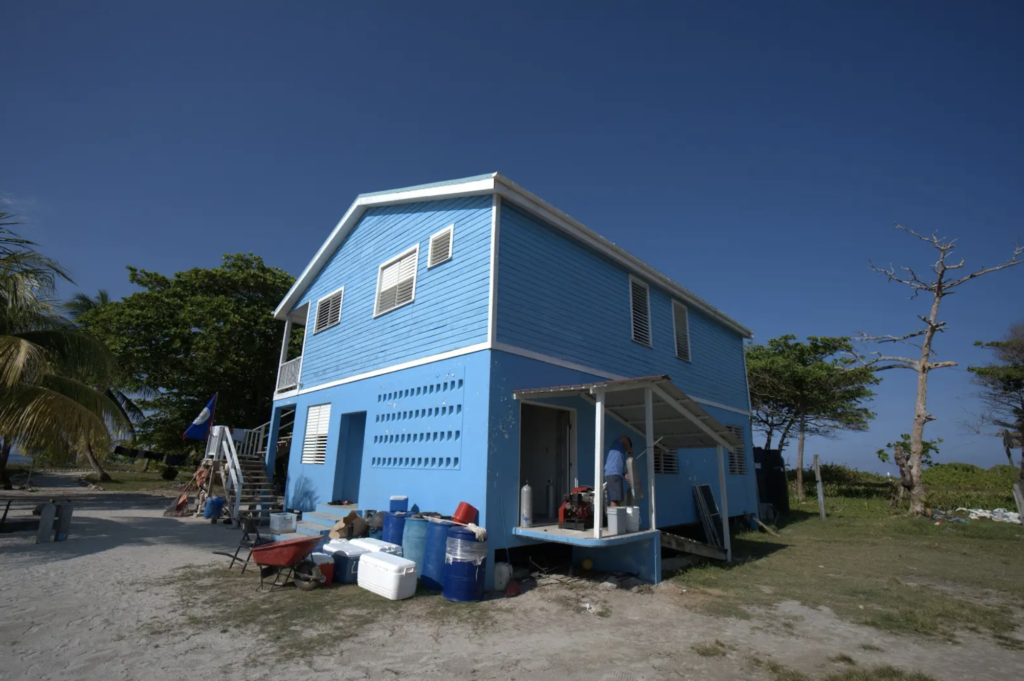
to allow the accommodation of the research and surveillance teams at the Sapodilla Cayes Marine Reserve, as the closest point to the Cayman Crown site.
and completed the third Cayman Crown field monitoring expedition for ecological characterization, including AGRRA monitoring, habitat map validation, seawater temperature, pH, coral bleaching, and acoustic data collection.
was conducted by HRHP with 53 participants from the region.
expedition was conducted by HRHP from May to August 2023 in the four MAR country sites, the Cayman Crown area, and nearby fish spawning aggregation (FSA) sites.
have been developed in the three countries of the Gulf of Honduras.
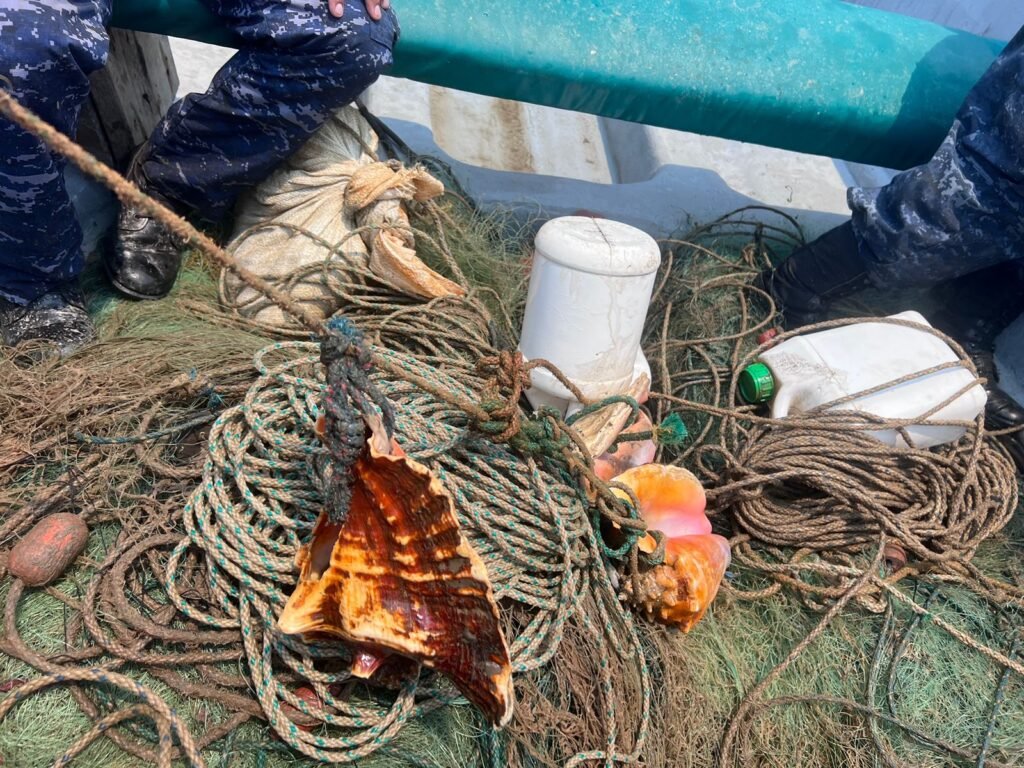
25 in Guatemala by FUNDAECO, and 18 in the Belize area by TIDE
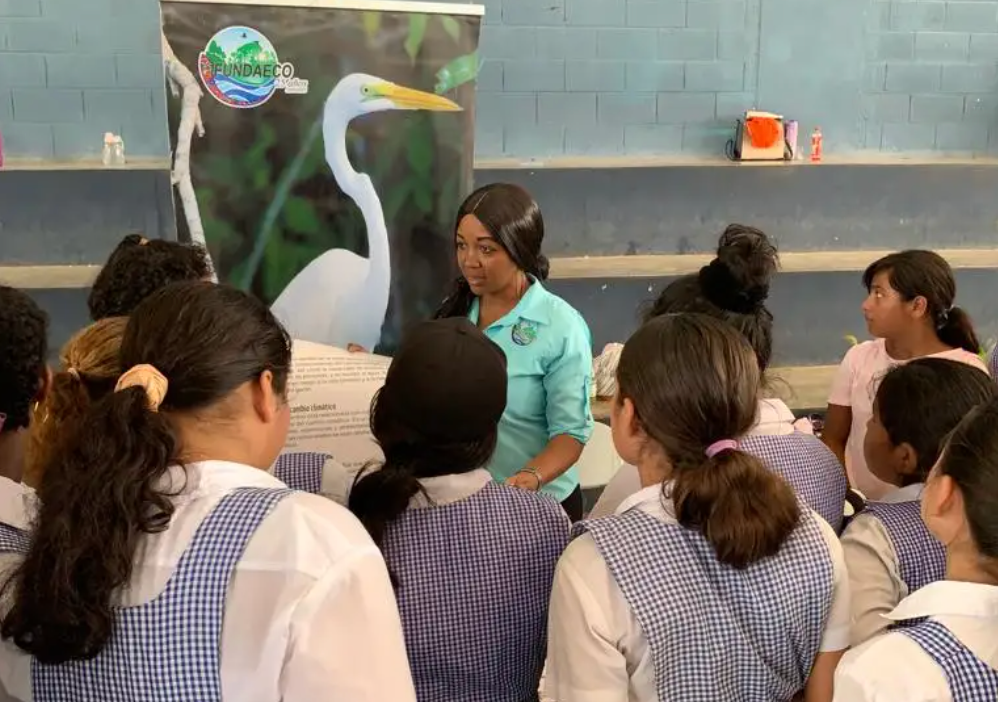
(Punta de Manabique Wildlife Refuge, Rio Dulce National Park, Rio Sarstún Multiple Use Protected Area) and Livingston. A total of 977 people (519 women and 458 men) between the ages of 12-45 participated.
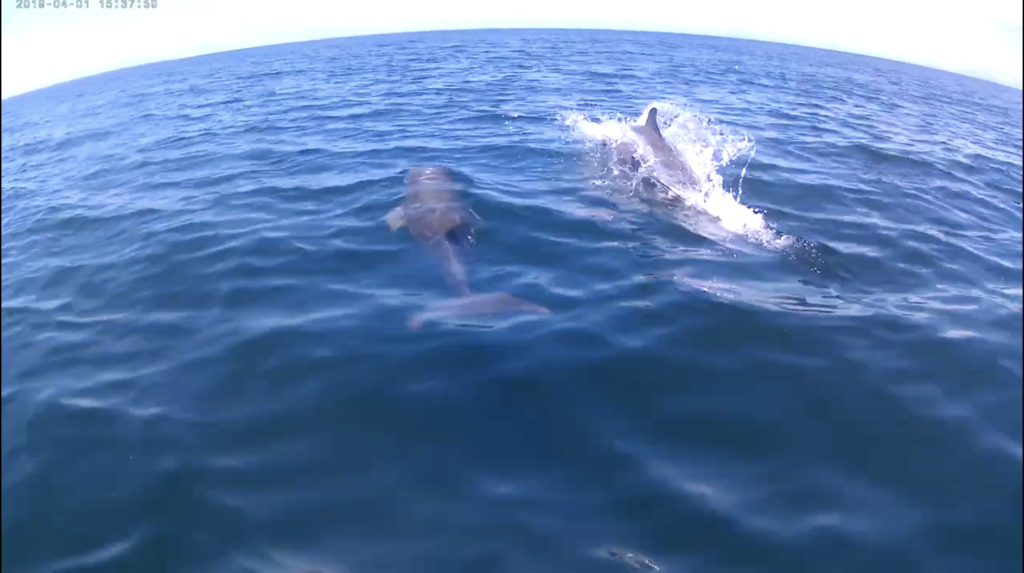
in Cayman Crown, Cabo Tres Puntas, and adjacent areas by FUNDAECO, resulted in 15 sightings, including dolphins, rays, a blue marlin, and a nurse shark.
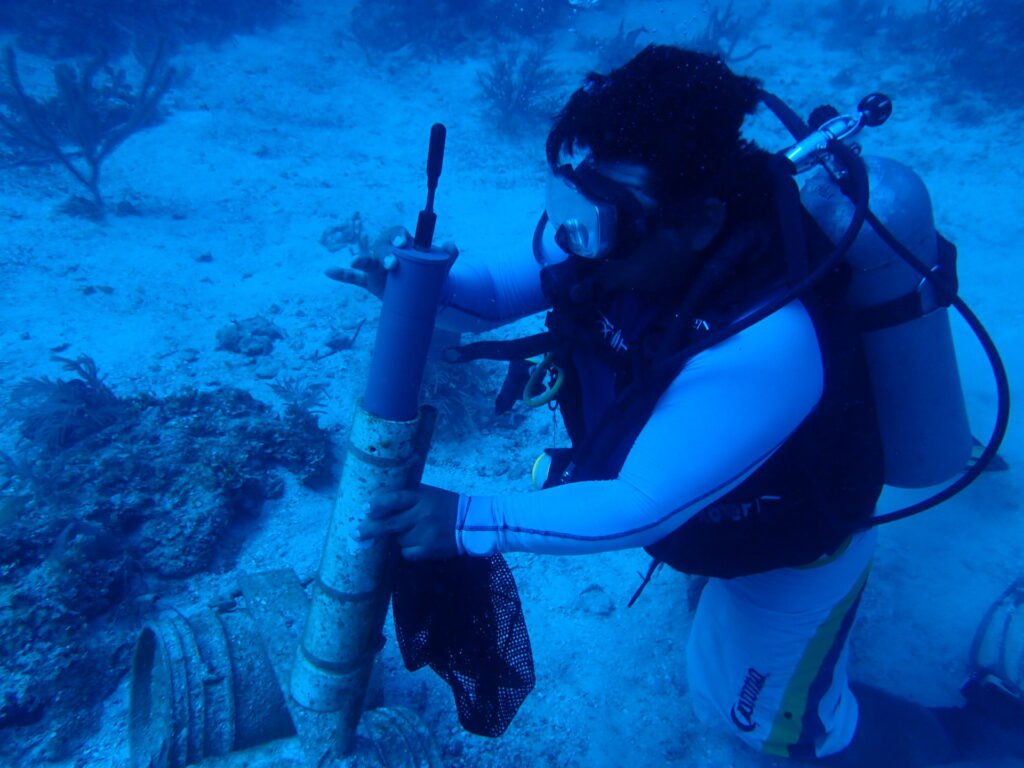
collecting a total of 908 days of acoustic data.
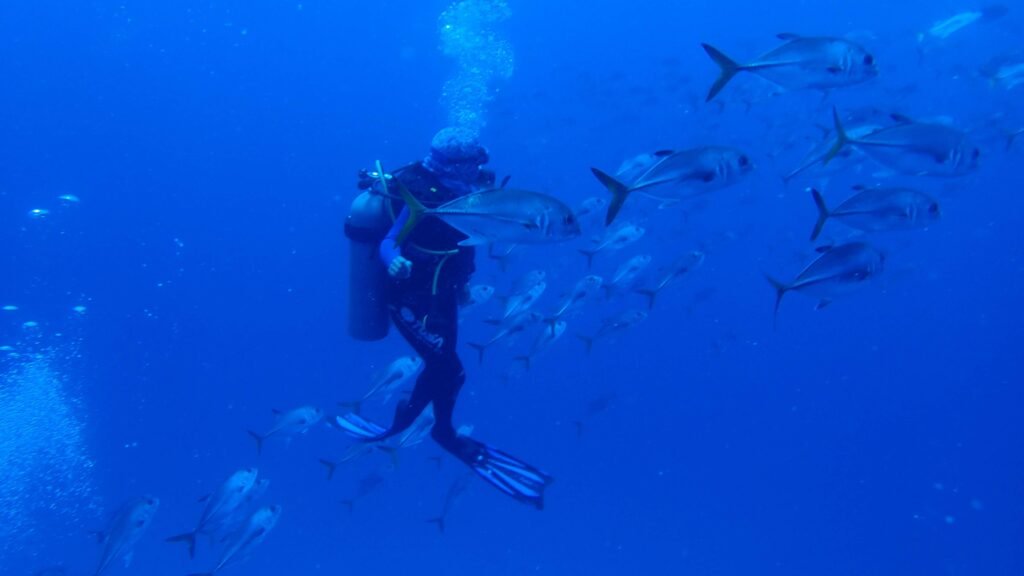
in Mexico at Niche Habin, San Juan, and Blanquizal sites; by SEA in Belize at Gladden Spit &Silk Cayes Marine Reserve; and by CORAL in Honduras at Power’s Point, Man O’War, and Cordelia Banks.
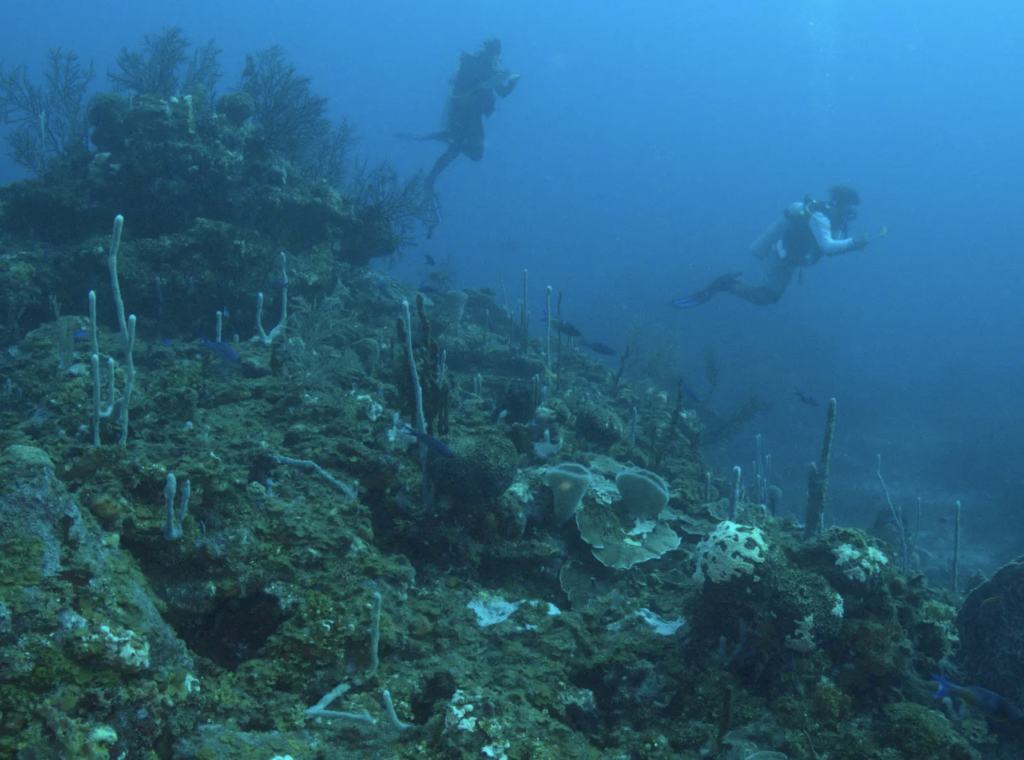
were completed by TIDE at four multi-species aggregation sites: the Jewel Wall and the West Bezel Fisher Marker in Cayman Crown and at Nicholas Caye and Rise and Fall Bank at the Sapodilla Cayes Marine Reserve in Belize.
and allow regional analysis of the sites to provide informed science-based information to improve the management of the protected areas network.
where 19 participants from the region participated.
in Honduras were legally registered and began income diversification projects to reduce their fishing effort .
for three communities that fish in Cayman Crown in Guatemala.
Photography by: TIDE